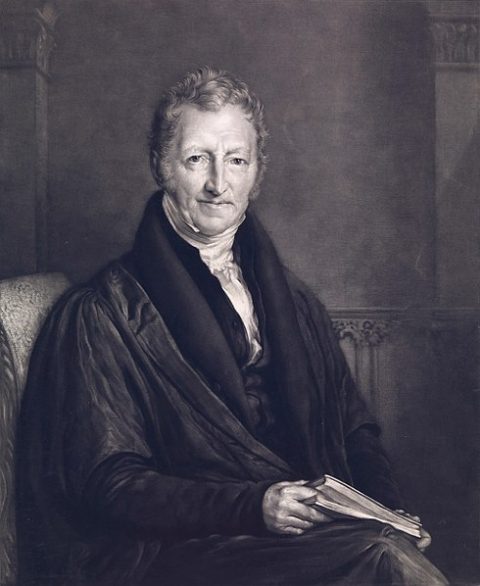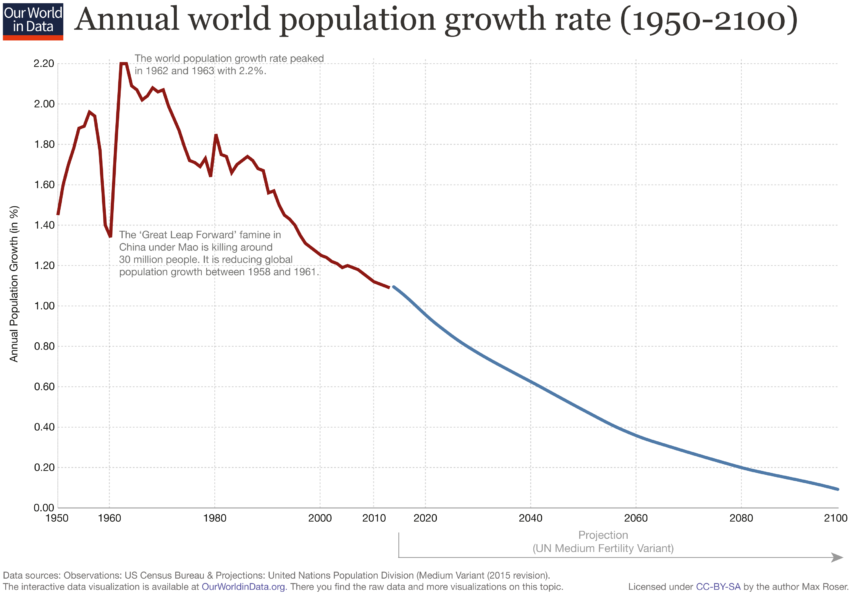 The consequence of the Spartan system – the mess contributions, the inheritance, the diminishing number of kleroi in circulation and the apparently rising numbers of mothakes and hypomeiones – was catastrophic, and once the downhill spiral started, it picked up speed very fast. From the ideal of 8,000 male spartiates in 480, the number fell to 3,500 by 418 (Thuc. 5.68) – there would be no recovery from the great earthquake. The drop continued to just 2,500 in 394 (Xen. Hell. 4.2.16). Cinadon – the leader of the above quoted conspiracy against the spartiates – supposedly brought a man to the market square in the center of the village of Sparta and asked him to count – out of a crowd of 4,000! – the number of spartiates, probably c. 390. The man counted the kings, the gerontes and ephors (that’s around 35 men) and 40 more homoioi besides (Xen. Hell. 3.3.5). The decline continued – just 1,500 in 371 (Xen. Hell. 6.1.1; 4.15.17) and finally just around 700 with only 100 families with full citizen status and a kleros, according to Plutarch by 254 B.C. (Plut. Agis. 5.4).
The consequence of the Spartan system – the mess contributions, the inheritance, the diminishing number of kleroi in circulation and the apparently rising numbers of mothakes and hypomeiones – was catastrophic, and once the downhill spiral started, it picked up speed very fast. From the ideal of 8,000 male spartiates in 480, the number fell to 3,500 by 418 (Thuc. 5.68) – there would be no recovery from the great earthquake. The drop continued to just 2,500 in 394 (Xen. Hell. 4.2.16). Cinadon – the leader of the above quoted conspiracy against the spartiates – supposedly brought a man to the market square in the center of the village of Sparta and asked him to count – out of a crowd of 4,000! – the number of spartiates, probably c. 390. The man counted the kings, the gerontes and ephors (that’s around 35 men) and 40 more homoioi besides (Xen. Hell. 3.3.5). The decline continued – just 1,500 in 371 (Xen. Hell. 6.1.1; 4.15.17) and finally just around 700 with only 100 families with full citizen status and a kleros, according to Plutarch by 254 B.C. (Plut. Agis. 5.4).
This is is the problem of oliganthropia (“people-shortage” – literally “too-few-people-ness”) in Sparta: the decline of the spartiate population. This is a huge and contentious area of scholarship – no surprise, since it directly concerns the decline of one of the more powerful states in Classical Greece – with a fair bit of debate to it (there’s a decent rundown by Figueira of the demography behind it available online here). What I want to note here is that a phrase like “oliganthropia” makes it sound like there was an absolute decline in population, but the evidence argues against that. At two junctures in the third century, under Agis IV and then later Cleomenes III (so around 241 and 227) attempts were made to revive Sparta by pulling thousands of members of the underclass back up into the spartiates (the first effort fails and the second effort was around a century too late to matter). That, of course, means that there were thousands of individuals – presumably mostly hypomeiones, but perhaps some mothakes or perioikoi – around to be so considered.
Xenophon says as much with Cinadon’s observation about the market at Sparta. Now obviously, we can’t take that statement as a demographic survey, but as a general sense, 40 homoioi, plus a handful of higher figures, in a crowd of 4,000 speaks volumes about the growth of Sparta’s underclass. And that is in Laconia, the region of the Spartan state (in contrast to Messenia, the other half of Sparta’s territory), where the Spartans live and where the density of helots is lowest.
This isn’t a decline in the population of Sparta, merely a decline in the population of spartiates – the tiny, closed class of citizen-elites at the top.
So we come back to the standard assertion about Sparta: its system lasted a long time, maintaining very high cohesion – at least among the citizens class and its descendants. This is a terribly low bar – a society cohesive only among its tiny aristocracy. And yet, as low of a bar as this is, Sparta still manages to slink below it. Economic cohesion was a mirage created by the exclusion of any individual who fell below it. Sparta maintained the illusion of cohesion by systematically removing anyone who was not wealthy from the citizen body.
If we really want to gauge this society’s cohesion, we ought to track households, one generation after the next, regardless of changes in status. If we do that, what do we find? A society with an increasingly tiny elite – and a majority which, I will again quote Xenophon, “would eat them raw“. Hardly a model of social cohesion.
Moreover, this system wasn’t that stable. The core labor force – the enslaved helots – are brutally subjugated by Sparta no earlier than 680 (even this is overly generous – the consolidation process in Messenia seems to have continued into the 500s). The austerity which supposedly underlined cohesion among the spartiates by banishing overt displays of wealth is only visible archaeologically beginning in 550, which may mark the real beginning of the Spartan system as a complete unit with all of its parts functioning. And by 464 – scarcely a century later – terminal and irreversible decline had set in. Spartan power at last breaks permanently and irretrievably in 371 when Messenia is lost to them […]
This is a system that at the most generous possible reading, lasted three centuries. In practice, we are probably better in saying it lasts just 170 or so – from c. 550 (the completion of the consolidation of Messenia, and the beginning of both the Peloponnesian League and the famed Spartan austerity) to 371.
To modern ears, 170 years still sounds impressive. Compared to the remarkably unstable internal politics of Greek poleis, it probably seemed so. But we are not ancient Greeks – we have a wider frame of reference. The Roman Republic ticked on, making one compromise after another, for four centuries (509 to 133; Roman enthusiasts will note that I have cut that ending date quite early) before it even began its spiral into violence. Carthage’s republic was about as long lived as Rome. We might date constitutional monarchy in Britain as beginning in 1688 or perhaps 1721 – that system has managed around 300 years.
While we’re here – although it was interrupted briefly, the bracket dates for the notoriously unstable Athenian democracy, usually dated from the Cleisthenic reforms 508/7 to the suppresion of the fourth-century democracy in 322, are actually longer, 185 years, give or take, with just two major breaks, consisting of just four months and one year. Sparta had more years with major, active helot revolts controlling significant territory than Athens had oligarchic coups. And yet Athens – rightly, I’d argue – has a reputation for chronic instability, while Sparta has a reputation for placid regularity. Might I suggest that stable regimes do not suffer repeated, existential slave revolts?
In short, the Spartan social system ought not be described as cohesive, and while it was relatively stable by Greek standards (not a high bar!) it is hardly exceptionally stable and certainly not uniquely so. So much for cohesion and stability.
Bret Devereaux, “Collections: This. Isn’t. Sparta. Part IV: Spartan Wealth”, A Collection of Unmitigated Pedantry, 2019-08-29.













